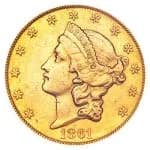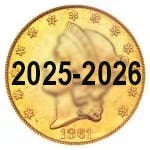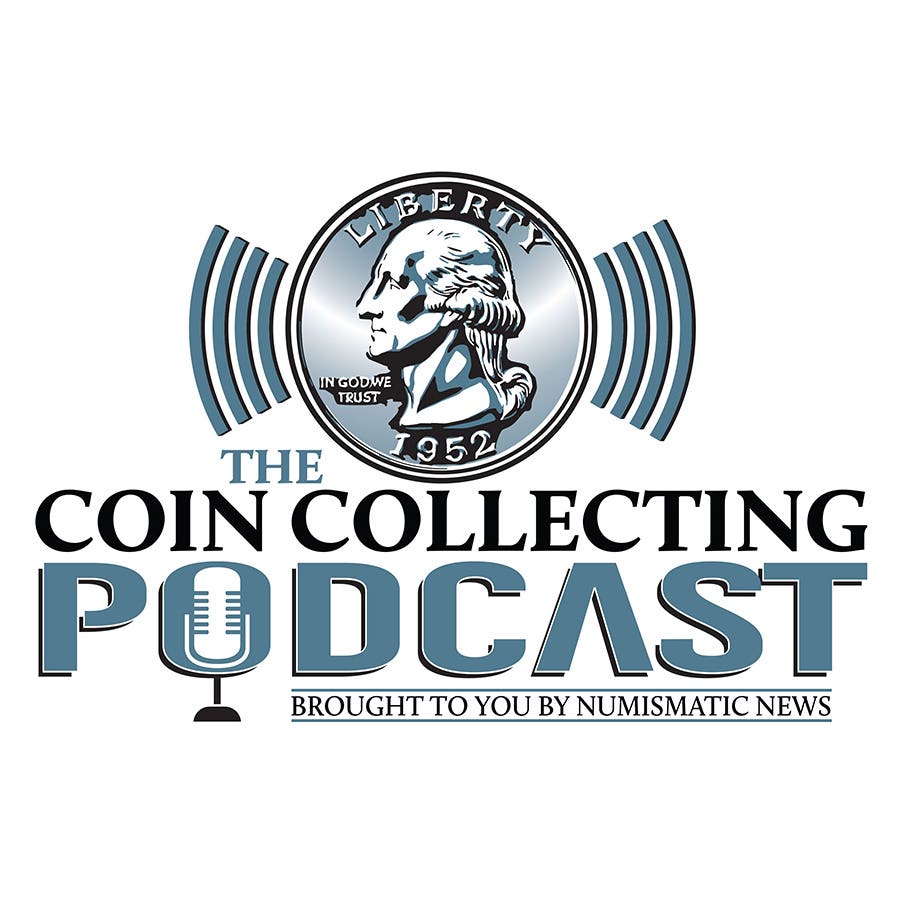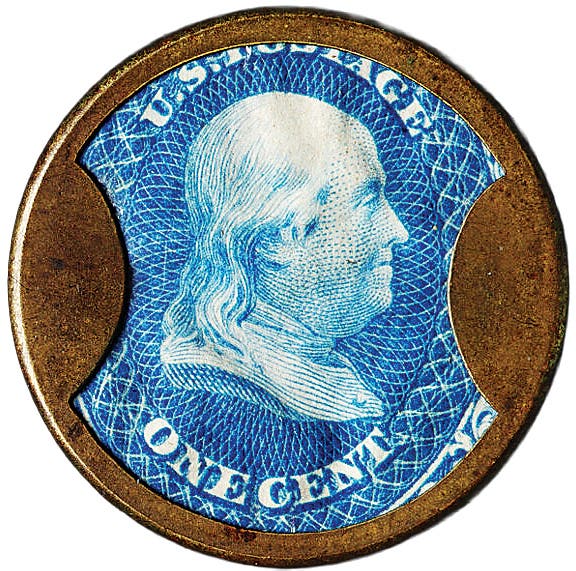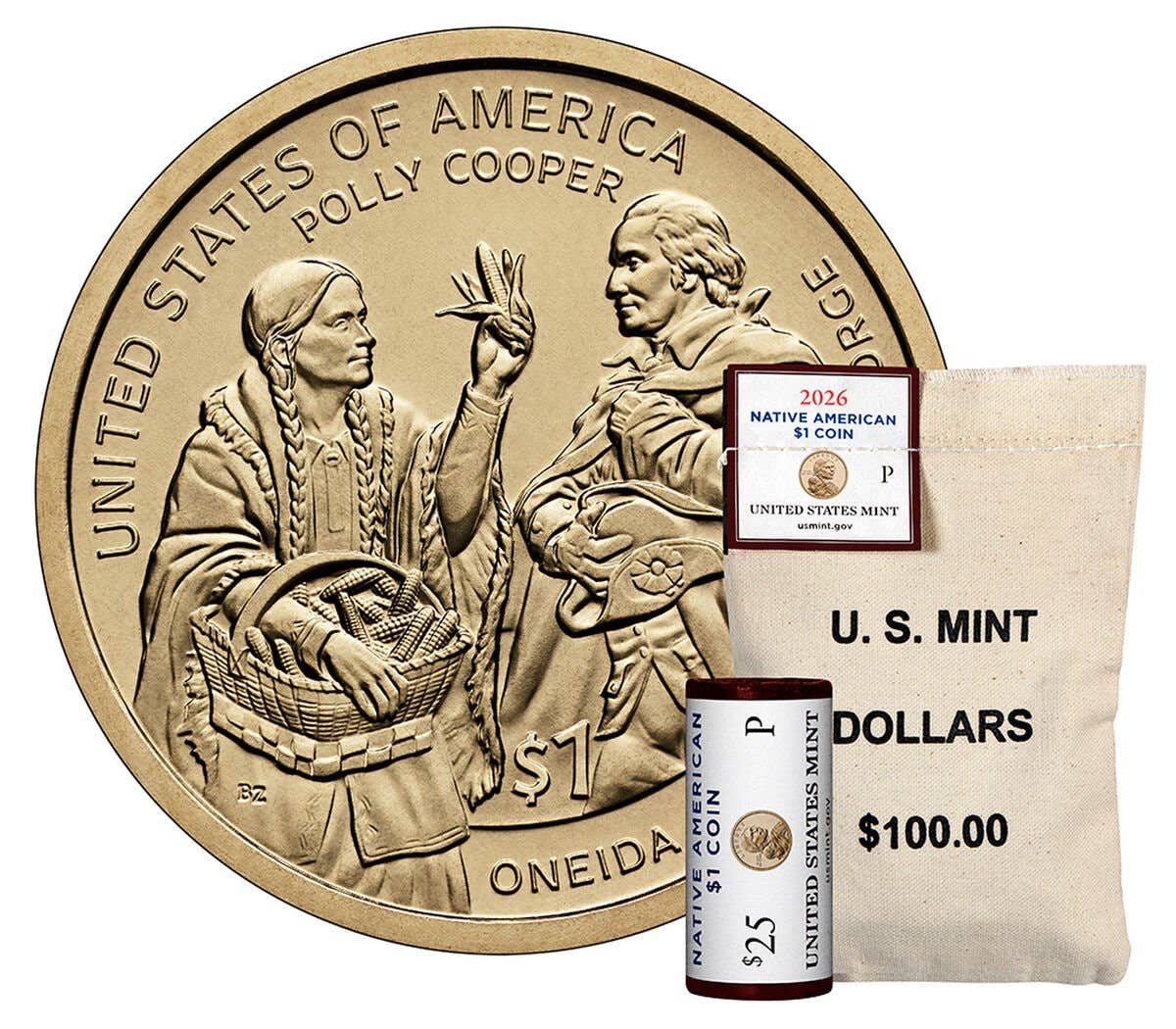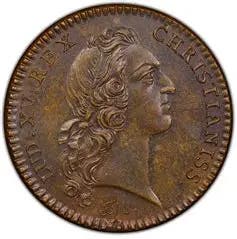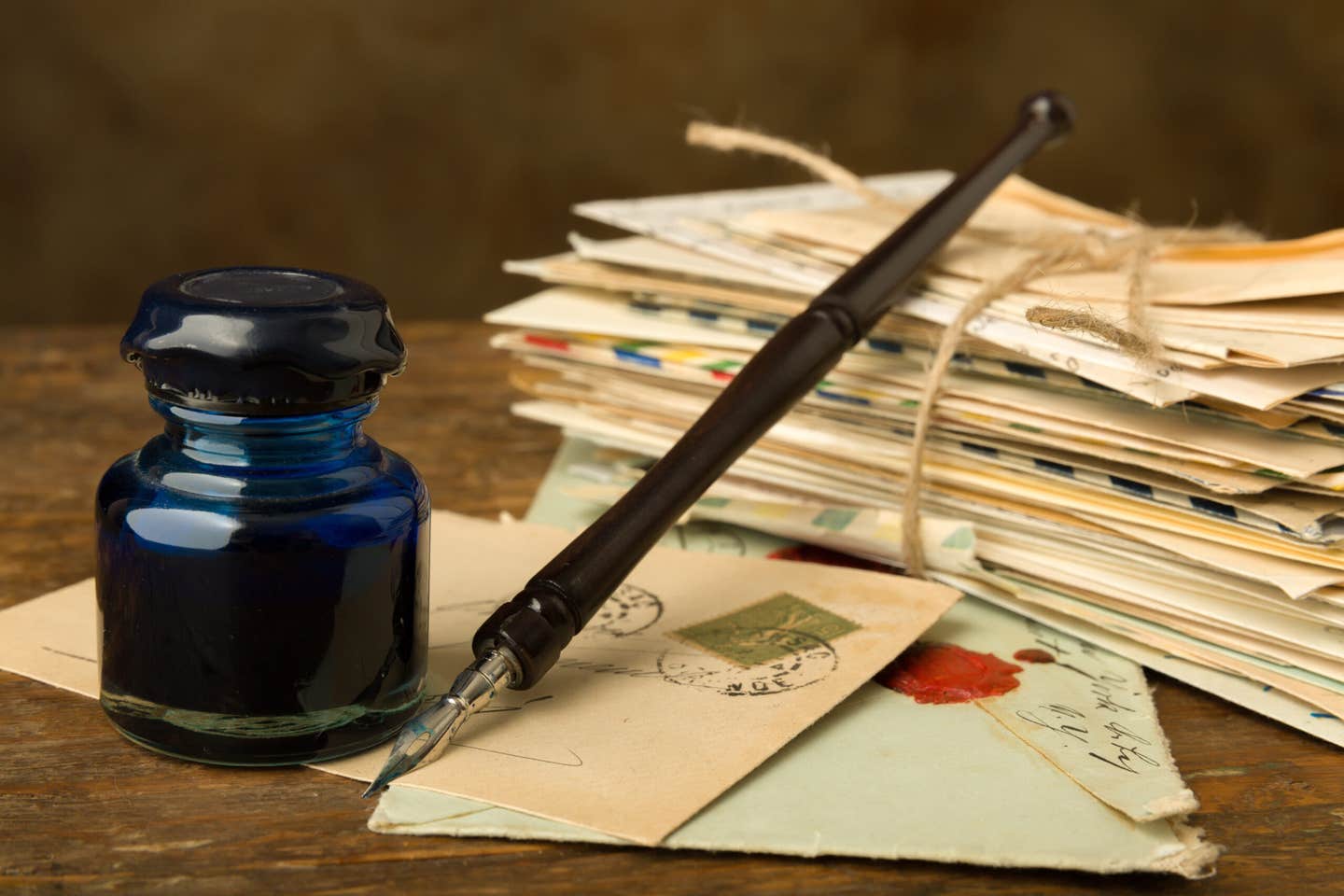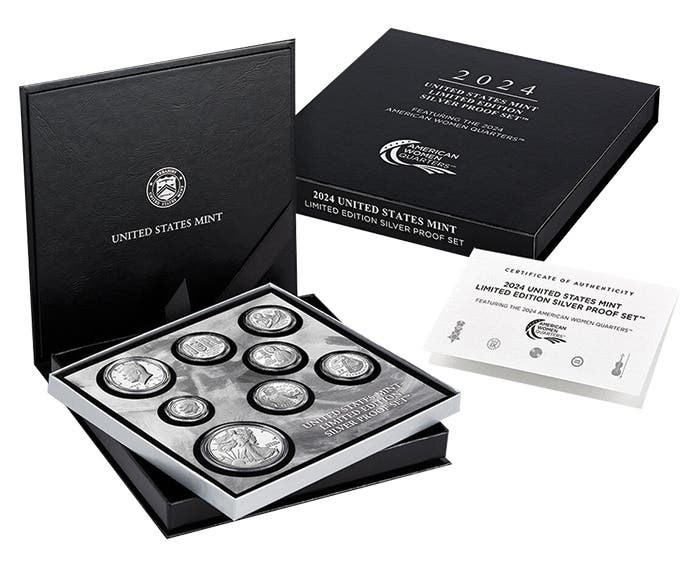Certifying Cast Coins
From early PCGS “rattlers” fetching premiums to the unique challenges of certifying cast coins, collectors are looking beyond the surface when it comes to value and authenticity.
Is there an additional premium on a coin that is housed in old PCGS rattler holders?
Slab collectors will pay an additional premium for a rattler because they are more interested in the holder than because of their interest in the imprisoned coin. Some collectors consider the earliest certified coins to have been graded to a stricter standard than those certified today. Therefore, the so-called rattlers have been known to sell for some unexpected premium prices.
Can you offer any guidance on collecting slabs?
In general, slab collectors view the most desirable encapsulations as being Accugrade, sample, ANACS blue text, Compugrade, NGC white label, NGC black, PCGS Doily, PCGS “rattler,” PCGS Regency, and PCGS white label slabs. Some of these encapsulations were used for a very brief time, while the survival rate of others is very low.
Is there any place I can learn more about collecting slabs?
Excellent examples of PCGS holders throughout the company's history can be viewed at the PCGS Museum of Coin Holders. The “Evolution of the NGC holder” can be viewed here.
Can coins that were cast rather than struck be certified as being genuine?
Some ancient Celtic, Greek, Roman, and Chinese coins, as well as 1776 New Hampshire coins, were cast rather than struck. The weight, a visual inspection, and examination of the edge of the coins for a tell-tale seam can help authenticate or disqualify them. Numismatic Guaranty Corporation examines ancient coins; however, it will not certify any cast coins.
Can you explain why the 1776 New Hampshire colonial coins were cast rather than being struck?
There are perhaps eight or nine 1776 New Hampshire coppers known. New Hampshire appears to have considered authorizing these coins before signing the Declaration of Independence. It was recommended to the General Assembly that William Moulton, a silversmith, could make up to 100 pounds of copper coins. No record of this coinage has ever been found; however, the coins exist and were cast rather than struck. The lack of records suggests the General Assembly didn’t formally approve the coppers. The examples regarded as genuine display light surface porosity, as might be expected due to the casting process.
Are there other modern coins that were cast rather than struck?
Sweden cast coins and plate money during the 1600s. Russia likewise cast plate money “ingots” during the 1700s. Between 1792 and 1873, Morocco cast falus-denominated coins in bronze. Japan cast coins until 1867, while China cast coins until the early 20th century. This is not an exhaustive list. I am unaware of any other legitimate Colonial or U.S. coins that were cast rather than being struck.
You may also like:

